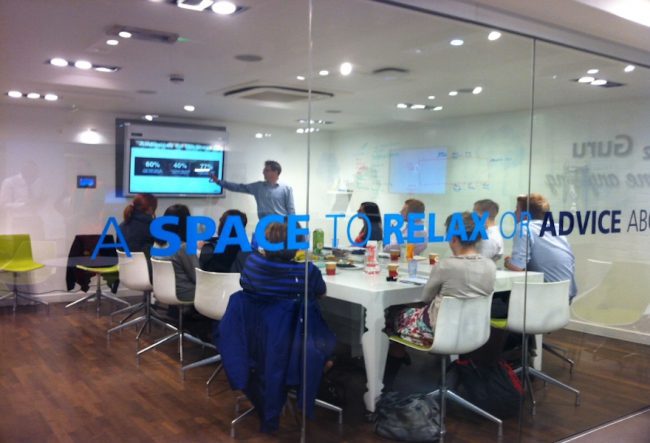
Next Shortcuts series event!



If I say Apple, Colgate, CNN, Coca-Cola, Canon, Volkswagen, people are immediately aware of what it is, where it is from and their degree of “attachment” to the brand or product. But the awareness around these brands has been nurtured, created, developed, and maintained by the companies’ brand strategists. Often with billions of pounds. Though we might not have the budgets in the charity sector, some of the learnings are useful and applied consistently, can be very effective.
Last century, the aim was to build and to develop a strong brand with the public through advertising. Nowadays, with the Internet and ever-tough competition all over the place, organisations need to build their brand’s reputation on and offline, and be as creative as ever to generate maximum interaction.
How do you develop an on and offline strategy that works? Should we talk about the word ‘brand’ for charities, which has only just stopped being a ‘dirty word’? How do we build strong engagement around your brand?
Here are a few examples of brands that have successfully managed both their on and offline strategy over the last few years. No doubt there will be a few surprises with our selection.
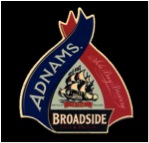 The story of Adnams, a small beer producer that is building its brand around communities:
The story of Adnams, a small beer producer that is building its brand around communities:
Established in 1872, Adnams, as a “basic” retailer and pub owner, started to build life around its brands by relating its products to its mission and vision.
Adnams created a community around each of its brand. In 1990, it first built the Adnams’ charity to help people living within 25 miles from Southworld. Then it created a history around each branded beer.
And finally, they are helping protect the environment and sealife by supporting the Marine Conservation Society with the launch of the Fat Sprat beer and by using “green” distillery production. For example, they work with local farmers and producers; they use aneoribic digestion units, green roofs and bore holes to chill their brewery and the first carbon neutral bottled beer was made from hops grown locally at East Green.
The company maintains interest with its audience of the histories and builds real engagement and experience through brewery visits, events for the community and regular tweets. In 20 years they have built a strong offline reputation. Recently, they have started to develop this online reputation by refreshing their retail website, finely tuned to its audience needs, inviting them to participate in events, to comment, to interact on social channels and to built the story of their brand together.
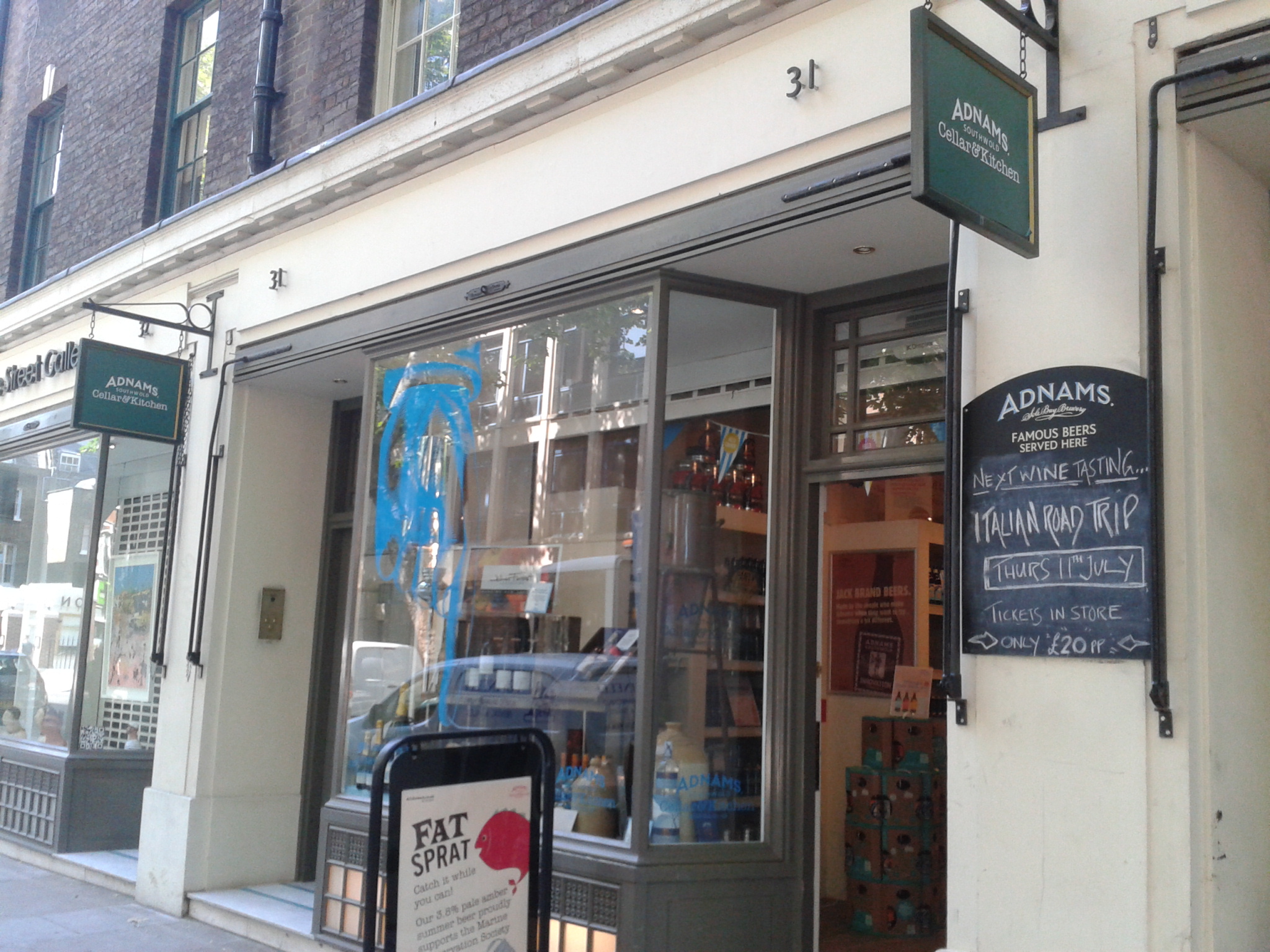
Adnams expanded their activity, opening their Adnams Cellar & Kitchen shops to attract a new segment of women. “We were keen to appeal to the 50 per cent of the population we weren’t talking to – females.” says Andy Wood, Adnams chief executive and, in 2012, they won the Queen’s Award for Enterprise: Sustainable Development.
To what end – increased sales, visits, awareness? We’ll look at this when we meet.
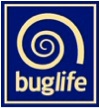 Buglife building its brand to be the “one-stop-shop” for bugs
Buglife building its brand to be the “one-stop-shop” for bugs
Created in the 90’s when there was no one organisation devoted to protecting invertebrates, Buglife became the first to do so in Europe.
Over the past 20 years, 1,000 active members have joined Buglife. In 2012, a strategy and business review, helped by the Tubney Foundation funding, identified opportunities to increase their membership to 10,000 in the next five years by growing awareness through the brand and establishing new partnerships.
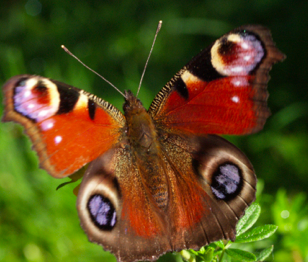
Buglife worked on all aspects (a more contemporary logo , website, social channels, employee engagement etc.) of their brand “personality”, to create a stronger and more powerful “environmental charity”. Green Banana Marketing has been assisting Buglife in defining their priorities, brand image, audiences and digital assets including ‘developing a new’ website.
For their various audiences, offline, Buglife organise different events (including be-lines), children packs for schools to awareness of invertebrate causes through their campaigns like Neonics. Online GBM have worked hard to build an entirely new website, keeping their audience up-to-date and involved. The aim being to increase participation with main groups (media, public, policy makers and partners) and to help them understand and interact with the main issues, and supporting the ambition of being the “one stop shop” for Bugs.
These recent change gave Buglife the opportunity to review its mission and image, and to create even more real interaction with its audiences.
The online part of this project will be launched towards the end of July – so we will be able to give a progress report at our next shortcut on 26th of July.
For more information, or to book your place – View event invite now!